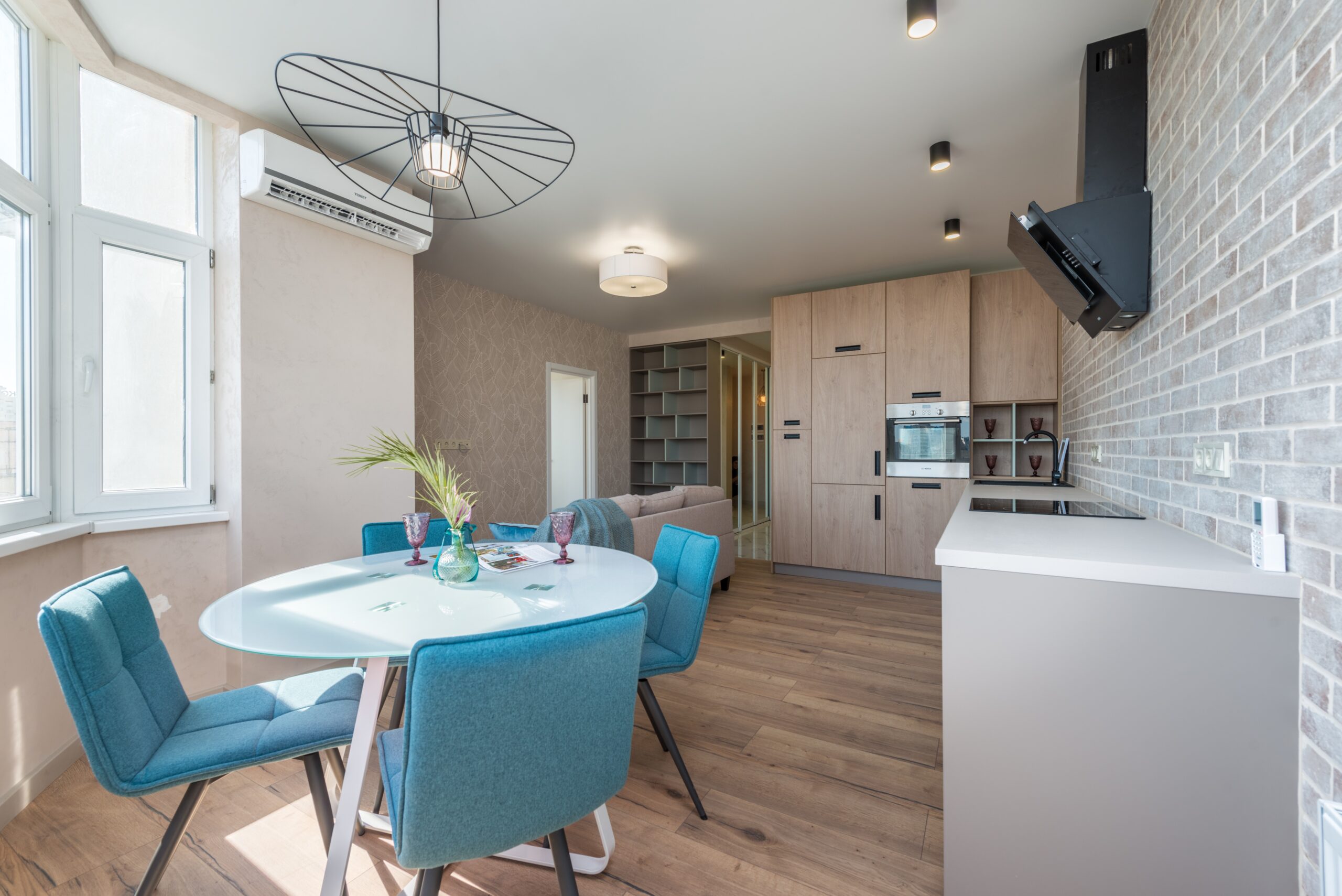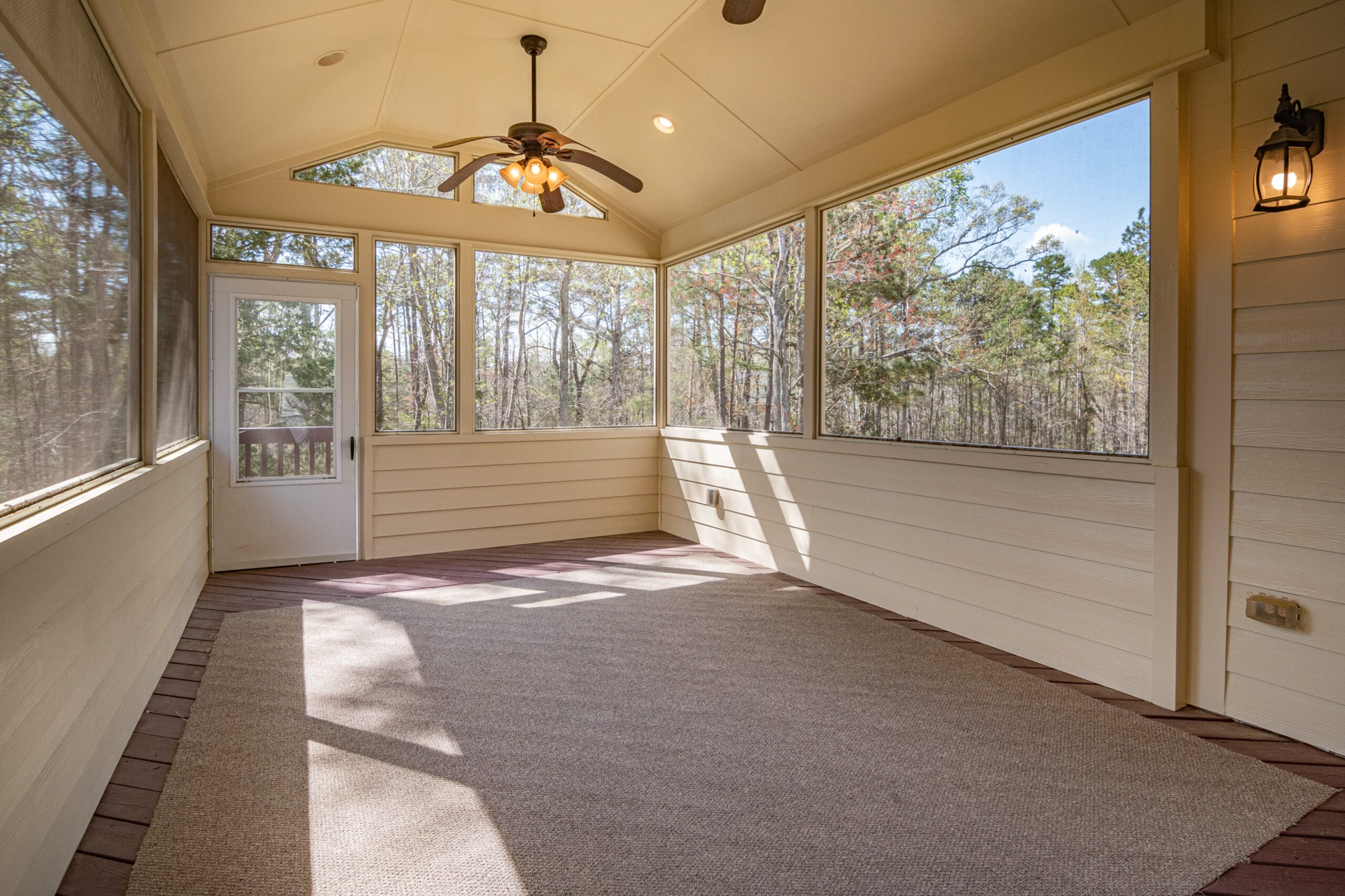A Comprehensive Guide to Warm White, Soft White, Cool White, and Day Light Bulbs
Are you trying to decide between a Warm White, Soft White, Cool White, or Day Light Bulb? You may have heard of these terms before but are still determining which will produce the best lighting within your home. The type of bulb one chooses must be tailored to their needs, whether for task lighting or ambiance. To ensure optimal satisfaction, let’s dive into a comprehensive guide on the differences between warm white, soft white, cool white, and daylight bulbs.

Warm Light
What is the difference between Warm White, Soft White, Cool White, and Daylight Bulbs
When choosing the perfect light bulb, many options exist, including Warm White, Soft White, Cool White, and Daylight Bulbs. Selecting the correct bulb can significantly affect the ambiance of a room or workspace. Warm white, sometimes called “yellow light,” is ideal for creating a cozy and intimate environment, while Soft White is a slightly brighter and whiter variation, commonly used in living spaces like bedrooms and living rooms. In places like the kitchen or laundry room, cool white lighting provides a bright, almost blue-white illumination. Daylight Bulbs, with their bright, natural sunlight-like glow, are perfect for areas requiring ample illumination and are often utilized in offices or work environments. Understanding the differences between these bulbs can help you select the ideal lighting for your space.
Common Applications for Different Bulb Types
Understanding the differences in bulb types and their typical applications is crucial for ensuring optimal lighting in diverse settings. LED bulbs, for instance, are known for their energy efficiency, durability, and long lifespan. As a result, they are commonly used for general illumination in residential, commercial, and industrial spaces. Fluorescent bulbs, on the other hand, are ideal for task lighting due to their cool light temperature and ability to cast light over a large area. They are commonly found in offices, schools, and hospitals. Halogen bulbs are great for accent lighting due to their warm glow and ability to highlight particular objects or areas. Lastly, incandescent bulbs – the least energy-efficient – remain in use due to their affordability and ability to produce a soft, warm light commonly used in homes and restaurants. It’s essential to consider the specific needs of each space and choose the appropriate bulb for optimal lighting results.
Lighting can make all the difference in creating the ambiance of a space. At 1StopLighting, you can find the perfect hue for your lighting needs. Whether you prefer a Warm White, Soft White, Cool White, or Day Light Bulb, 1StopLighting has covered you. But wait, it gets even better! You can enjoy even deeper discounts on these already affordable lights with the bonus of promo codes. So, transform your space with the perfect lighting and save some money. Look no further than 1StopLighting for all your lighting needs.
Pros and Cons of Daylight Light Bulbs
Daylight light bulbs have become increasingly popular in recent years, but like any product, they have pros and cons. One of the benefits of daylight bulbs is that they provide a color temperature close to natural daylight, which can help improve mood and productivity during the day. Additionally, they are energy efficient and have a longer lifespan than traditional incandescent bulbs. However, some people find the intense brightness of daylight bulbs harsh on their eyes and prefer the warmer, softer glow of incandescent bulbs. Furthermore, daylight bulbs can be more expensive than their counterparts, which may be a consideration for those on a tight budget. Despite these drawbacks, many people find that the benefits of daylight bulbs outweigh the cons and are happy to make the switch.

Day Light Bulb
Pros and Cons of Soft White Light Bulbs
Soft white light bulbs have both advantages and drawbacks. On the plus side, soft white light is most similar to natural daylight and can provide a warm and cozy atmosphere to a room. It is also easier on the eyes, making it an ideal choice for areas where you spend a lot of time reading or working, such as the living room or home office. However, these bulbs are less energy-efficient and have a lower life span than their counterparts, such as daylight and LED bulbs. They can also produce a yellow tint that may not be suitable for specific rooms or activities, such as makeup applications. Ultimately, the decision to use soft white light bulbs should be based on personal preference and the specific needs of each room.
Pros and Cons of Warm White Light Bulbs
A warm white light bulb is one of several options when choosing to light for a home or office. These bulbs emit a yellow-toned white light and are often the preferred choice for creating a cozy and inviting atmosphere. However, warm white light bulbs have pros and cons like other lighting options. On the positive side, they are energy-efficient and eco-friendly, and they also can enhance the warm tones in a room and make skin tones more flattering.
Conversely, warm white bulbs may not be the best choice for tasks requiring precise vision because they can create a low-contrast environment. Additionally, they may not be the best choice for outdoor lighting as they can attract insects. When considering warm white light bulbs, it is important to weigh their advantages and disadvantages carefully to determine if they are the right choice for your lighting needs.
Pros and Cons of Cool White Light Bulbs
Cool white light bulbs are popular for many homeowners due to their bright, crisp light. However, like any other product on the market, they have pros and cons. On the one hand, cool white light bulbs can help improve visibility, making it easier to read, cook, or work on projects. They can also give an illusion of a larger space, making rooms appear more spacious and airy. Yet, there are downsides to these types of bulbs. For instance, they may emit a harsh glare that can cause eye strain or headaches, mainly when used for prolonged periods. Additionally, their bright light may not be ideal for creating a relaxing atmosphere. As with any purchase, weighing the pros and cons before making a final decision is essential.

Cool Light
Understanding Color Temperatures
Color temperature is crucial when designing a space or choosing a light for photography. By definition, color temperature refers to the appearance of light in terms of warmth or coolness. It is measured in degrees of Kelvin and ranges from warm orange-yellow hues to cool blue-white. Understanding color temperatures can significantly impact the mood and atmosphere of a room or photograph. For instance, a warm, amber-toned light provides a cozy and inviting feel, while a cool, blue-toned light creates a calm and serene environment. As a professional, it is essential to consider color temperature when making design or photography choices to achieve the desired aesthetic and ambiance.
Tips for Choosing the Right Bulb Type for Your Home
Choosing the correct bulb type for your home can be daunting. With so many available options, it may take time to determine which one is best suited for your needs. The correct bulb can enhance your home’s aesthetic appeal while providing adequate lighting. It is essential to consider factors such as brightness, color temperature, and energy efficiency before deciding. LED bulbs are often preferred due to their energy efficiency and long-lasting lifespan. Additionally, halogen bulbs offer a warm, natural glow, making them a popular choice for indoor lighting. By taking the time to research and compare different bulb types, you can ensure that your home is illuminated in the best possible way.
Getting the perfect lighting for your space can seem daunting, especially considering the vast amount of bulb types available on the market. Diving into the details and thoroughly understanding what each bulb type offers before purchasing is essential. We hope this comprehensive guide gave you some insight into Warm White, Soft White, Cool White, and Daylight bulbs and how they compare to each other regarding their pros and cons and typical applications. Don’t forget a crucial factor in finding the ideal lighting solution—the overall color temperature. Remember that Soft White bulbs typically provide warm tones between 2700K – 3000K colors, while cool white or daylight bulbs are suitable for providing more precise tones between 3500K – 5000K colors. Whether you’re looking for an inviting atmosphere or something more energizing, these helpful tips should take you one step closer to picking the correct bulb for your home!

